Telos Audio Design
Grounding Noise Reducer
V5.1 Plus
Incl. 21 % TAX € 7,950.00
Demo unit available!
- Provides an up to 40 times lower grounding impedance in your system
- Significantly reduces your systems’ grounding noise
- Uses Telos Grounding Noise Reducer (GNR) Technology
- 6 Ground inputs, max. 12 connections
- Including 6 Grounding Wires 1.5 m
- Weight 7.5 kg
- Dimensions 39x24x6 cm
A Tour-de-Force in reducing ground noise
A grounding (also called earthing) facility has always been there for the sole purpose of safety, for example shock hazard prevention, lightning protection, noise shielding and other functions.
In an audio/video setup the effectiveness of the grounding facility has an immediate impact on background noise. Bad grounding translates to poor sound quality and coloration but most of all it greatly worsens the listening experience. Our statement is: you win more by reducing ground noise than by reducing mains noise.
Present situation
It is almost impossible to get a satisfactory grounding facility, let alone one that meets the audio/video requirements. Most of the time, they only adhere to the minimum safety requirements. The common ones have the neutral wire and the ground wire connected together, or there is no ground on the receptacles, leaving the ground wire unconnected. This allows noise from the home appliances to pollute the neutral wire, causing interference. Electrical appliances like inverter air conditioners, solar panels and those with switching power supplies, like computers, TV’s and LED lighting generate the highest level of interference.
When the electrical reference point is polluted with noise, it could get into the signal path and you could hear it as noise. Also, the noise could potentially enter the digital circuit and cause bit errors.
The pros and cons of a passive audio grade grounding box
Passive grounding boxes out there are made using materials with good conductivity like copper plates, copper rods, copper mesh, mineral powder or some composite substance. The good point about the passive, simulated ground is that it is very easy to make. In fact, most of them can be made easily by anyone having just any DIY skills.
At the same time, the properties of the minerals or gemstones will change over time and need to be serviced on a regular basis. This includes material replacement and realignment in order to restore effectiveness.
The problem is that passive grounding boxes cannot even alleviate voltage change. They are not able to provide near ground reference voltage. Hence, it is not able to quickly stabilize the fluctuating potential difference between your A/V equipment. To use an analogy, imagine floating ships on the ocean, the sea is the ground voltage but it can never be truly stable. Telos’ active grounding solution differs since each component in the system is given a ‘reference’ ground voltage, similar to how a master clock works to reference all components to one highly accurate, stable clock.
Telos Grounding Noise Reducer “active ground box”
To overcome the above limitations, Telos brings new meaning to grounding implementation. This has proven to be the most elegant way for any A/V setup.
Their R&D team analyzes audio equipment from a unique perspective. Every piece of A/V equipment uses a power supply in order to operate at the correct, safe DC voltage. Hence, a power supply is said to have the primary side and secondary side. The primary side is from the power receptacle, all the way to the input of the power supply. The secondary side is from the output of the power supply to the circuit board. The A/V circuitry remains within the secondary side.
The Telos technical design team installed a CPU (micro processor) within the Grounding Noise Reducer to calculate and generate a high precision ground reference voltage. Grounding is achieved by connecting the audio equipment to the binding posts of the GNR that carries the ground reference voltage. By doing so, the GNR is able to truly correct the ground reference point for the equipment chassis, audio circuitry and the ground connection.
Using the same analogy as a high precision digital clock, GNR generates a low distortion ground reference voltage, giving each piece of equipment a consistent reference point. When the A/V setup is operating on a singular ground potential, the signal transmission becomes least impeded, avoiding any transmission loss due to polarity mismatch and bit error. Therefore, it truly achieves the best transmission possible.
Telos Ground Noise Reducer comes with 6 ground wires of the same materials, thus each piece of equipment is having the same grounding impedance characteristics. This greatly reduces the likelihood of coloration. Grounding your equipment is easily done by either using an unused in- or output (RCA, XLR, USB, HDMI etc.) or a spade under a screw of the equipment housing. Because the different ways of grounding can have a significant impact on sound, experimenting is key here. Telos suggests connecting as many components to the GNR as possible, with a maximum of 2 per post and when doing so, you can connect a component more than once. Keep digital and analog separate – meaning you could use up to 12 wires and even more components (some of the supplied wires have a single spade at one end with double RCAs at the other). You should not connect the GNR to the AC ground at any outlet nor connect the unit to the negative terminal on an amplifier (bridge or BTL amplifiers!).
By having an isolated ground for your A/V setup, the effect is at least as good as having a dedicated power line, because the ground potential generated by the GNR only serves your A/V equipment. Noise of the rest of your house will be totally isolated.
Note: The GNR won’t work properly if you have a balanced electricity grid or use a balanced isolation transformer.
Reviews:
Telos GNR 5.1 Plus by Dato’ Danon Han @ analoguefellowship.com
“I was happy to report that the TELOS 5.1 Plus allowed greater clarity, definition, delineation and outline to the bass (from mid to low low frequencies!)…even admist such heavy electronic music (/noise to some),…there was civility, separation and space that made the noise (to some) to be an enjoyable music.”
Audio Ramblings and the Telos GNR 5.1 Plus+ Active Grounding Box 2023 by Dave Clark @ positive-feedback.com
“The music could become fuller, richer… and more dynamic. Texture, space, presence…density and heft… all with less grit and glare. We certainly hear all that to some degree as the noise floor is lowered and more of the music is being revealed, but for us it is more about the whole as opposed to the bits and pieces. Just the way we listen… not focusing on the little things, but the overall presentation of our music in the room.”
Telos Audio Design Grounding Noise Reducer (GNR) – The Mission… Cleaner Electricity by Dato’ Danon Han @ monoandstereo.com
“… the Telos Audio Design GNRs did not have the character of a dark and jet black background. The GNRs were more into the separation between the elements in the music. The musicians and their respective musical instruments were well space out thus enjoyed a fuller body and presence in the presentation.”
Audio Ramblings – The TELOS GNR Active Grounding Box review by Dave Clark @ positive-feedback.com
“Music… and I mean way more music with the TELOS in place than without the TELOS.”
Telos GNR V5.1 upgrade @ u-Audio.com.tw
“Obviously, V5.1 has a very charming place, it will make the middle frequency thicker and more prominent, but it will not detract from the naturalness of the high and low frequency extension, and it can also make the texture more transparent and clean, and the bottom of the sound It is purer and more solemn, which is really amazing!”
REVIEW: TELOS AUDIO GNR AND QNR – QUANTUM NOISE RESONATOR @ allhomecinema.com
“The music was more “ordered”, the scene was more precise, it even gained depth. The words of a vocalist were more intelligible, the notes of an instrument more precise… The music seemed more “fresh”, and when I disconnected the Telos it seemed that a gray veil appeared that I did not appreciate before. Every time I tried “sin” the music seemed boring to me, it skipped tracks and I was really looking forward to connecting it again to see if it was. And yes, that was it.”
The Telos GNR V5.1 Plus active ground noise reduction unit “Son of Godzilla?” by Roy Gregory @ Gy8
“The whole track takes on a sense of forward motion and purpose, a joyously infectious, toe-tapping, sing-along quality that sucks you into the music.”
Telos Grouding Noise Reducer V3.1 en Synergistic Research Active Ground Block SE – EEN AANGENAME VERBETERING door Ruud Jonker @ Music Emotion magazine
“De waargenomen verschillen zijn zeker de moeite waard en brengen de weergave naar een iets hoger niveau. De verbetering is hoe dan ook aangenaam om naar te luisteren.”
YouTube:
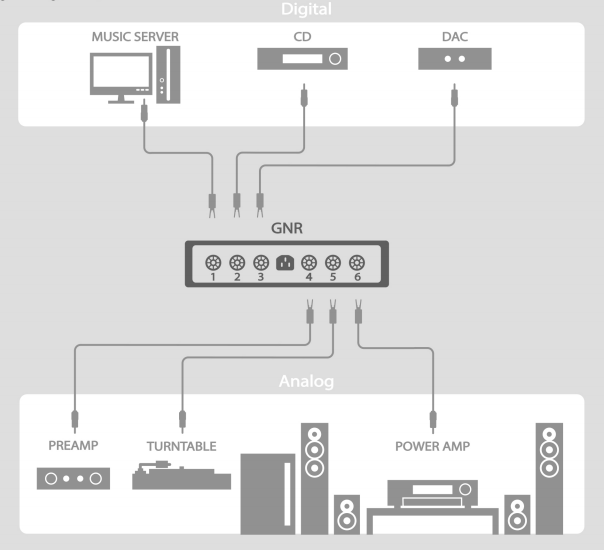
Download the instruction manual
Telos Grounding Noise Reducer working principle diagram

| Mains voltage |
|---|
Be the first to review “Telos Audio Design
Grounding Noise Reducer
V5.1 Plus” Cancel reply
Related products
Incl. 21 % TAX € 895.00
Incl. 21 % TAX € 275.00
Incl. 21 % TAX € 995.00




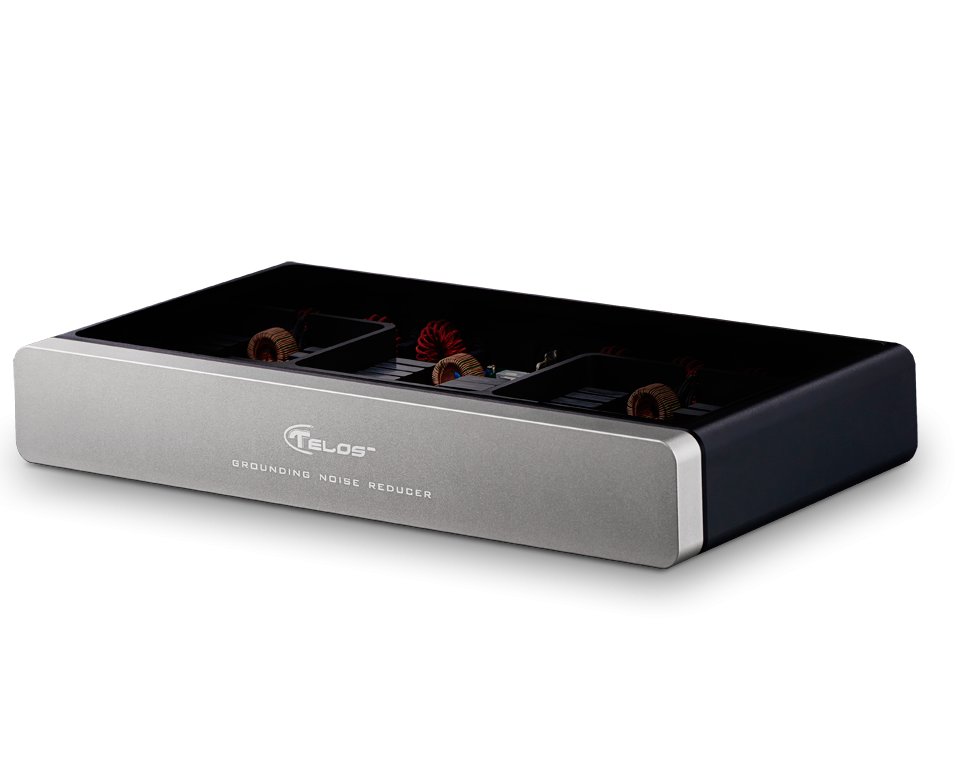
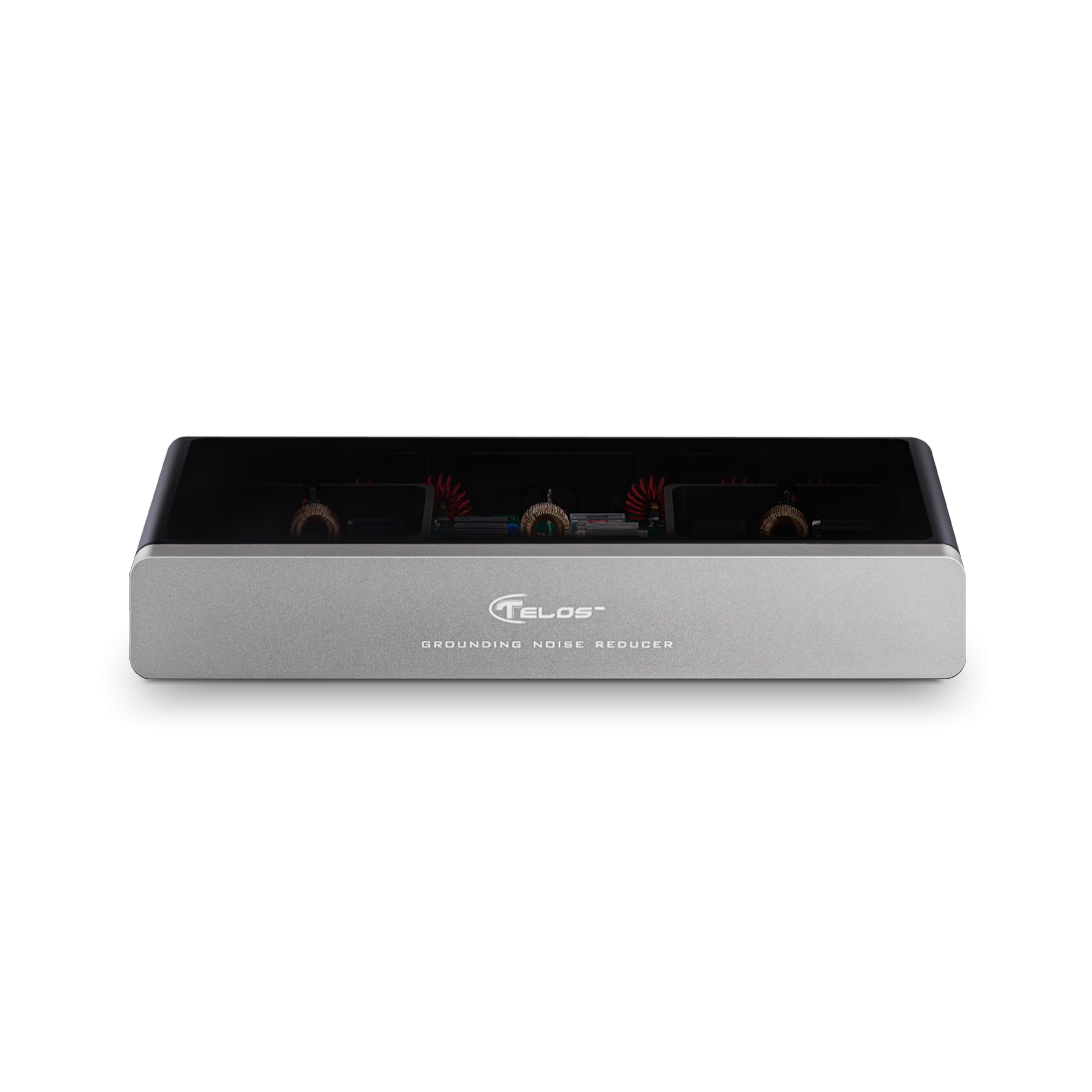
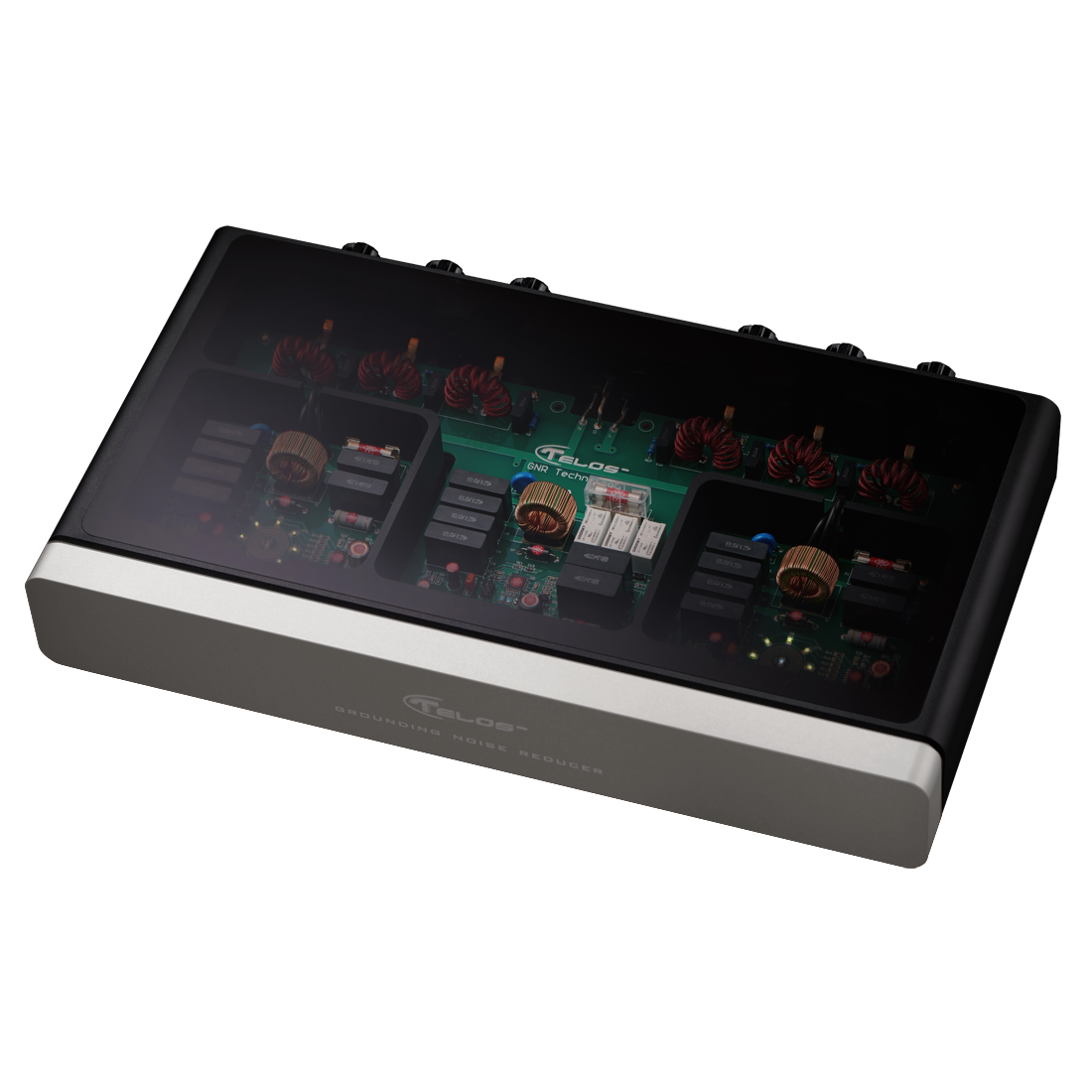
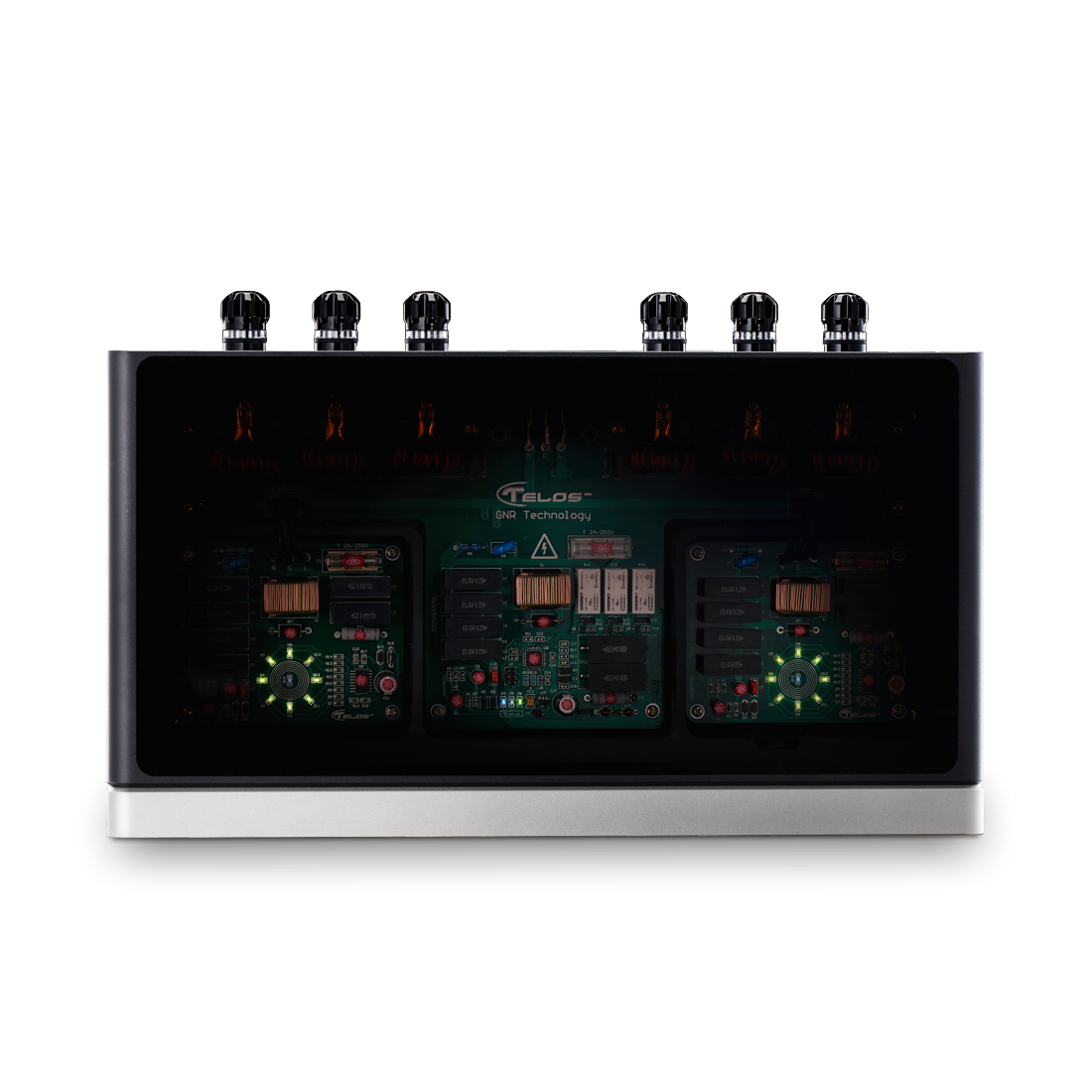
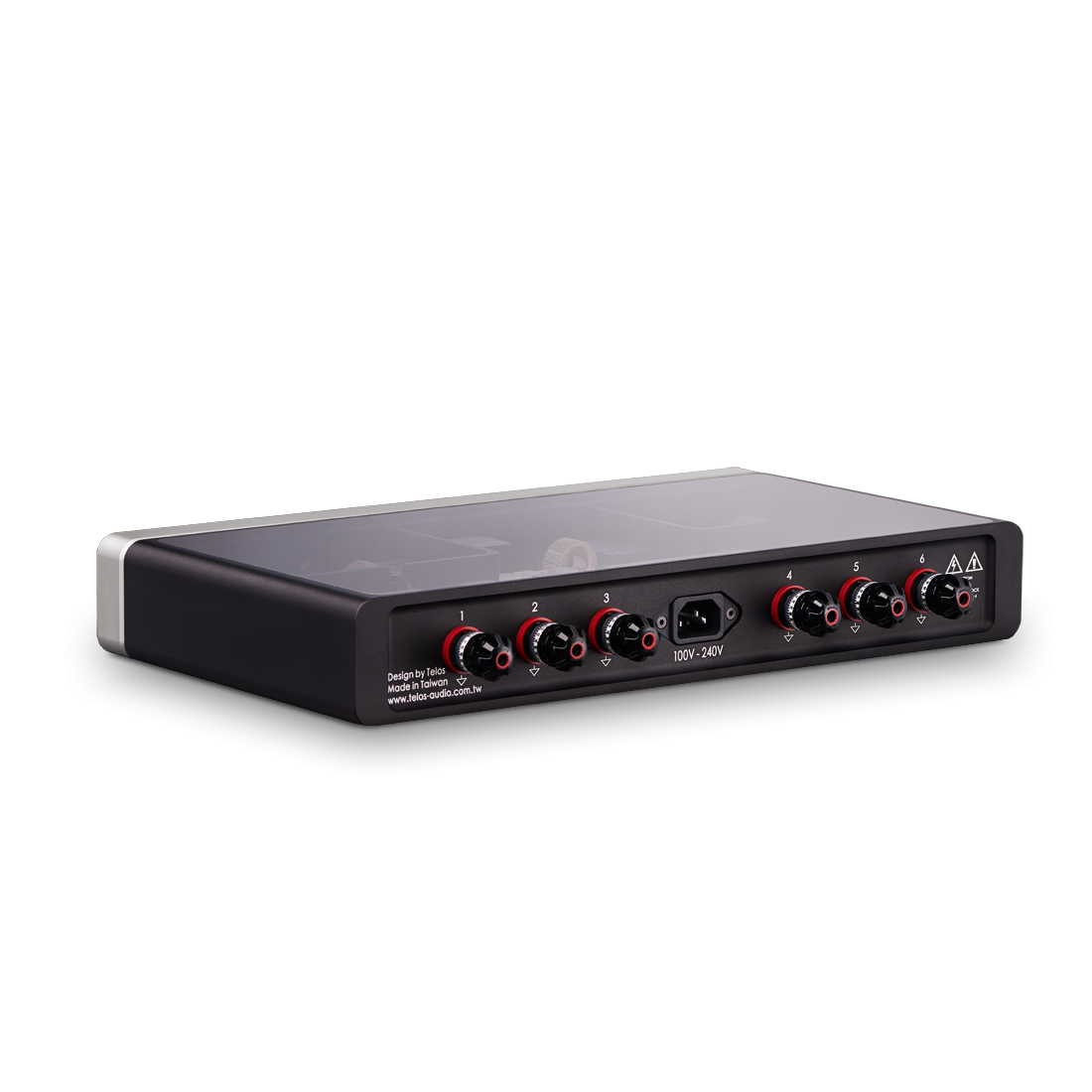
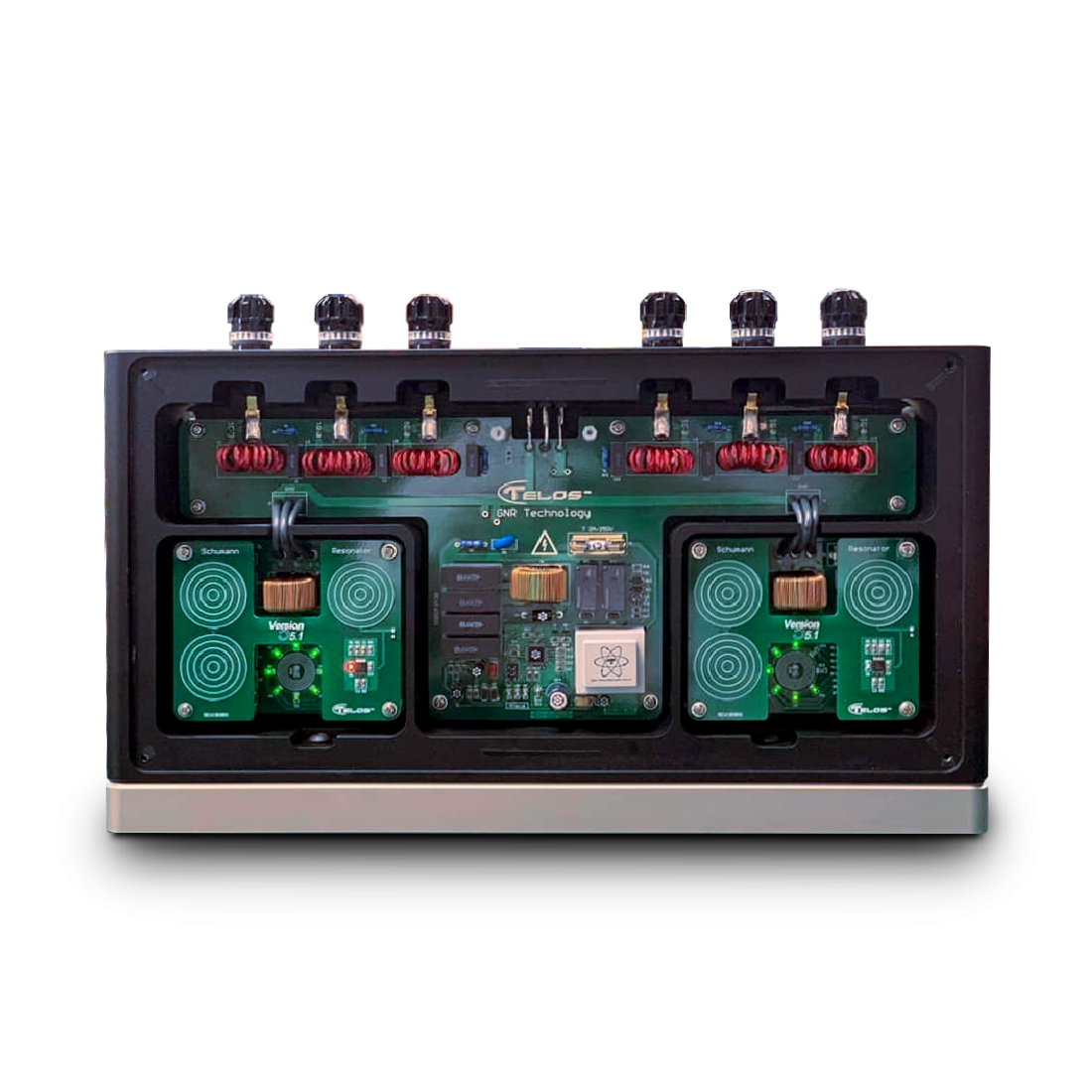
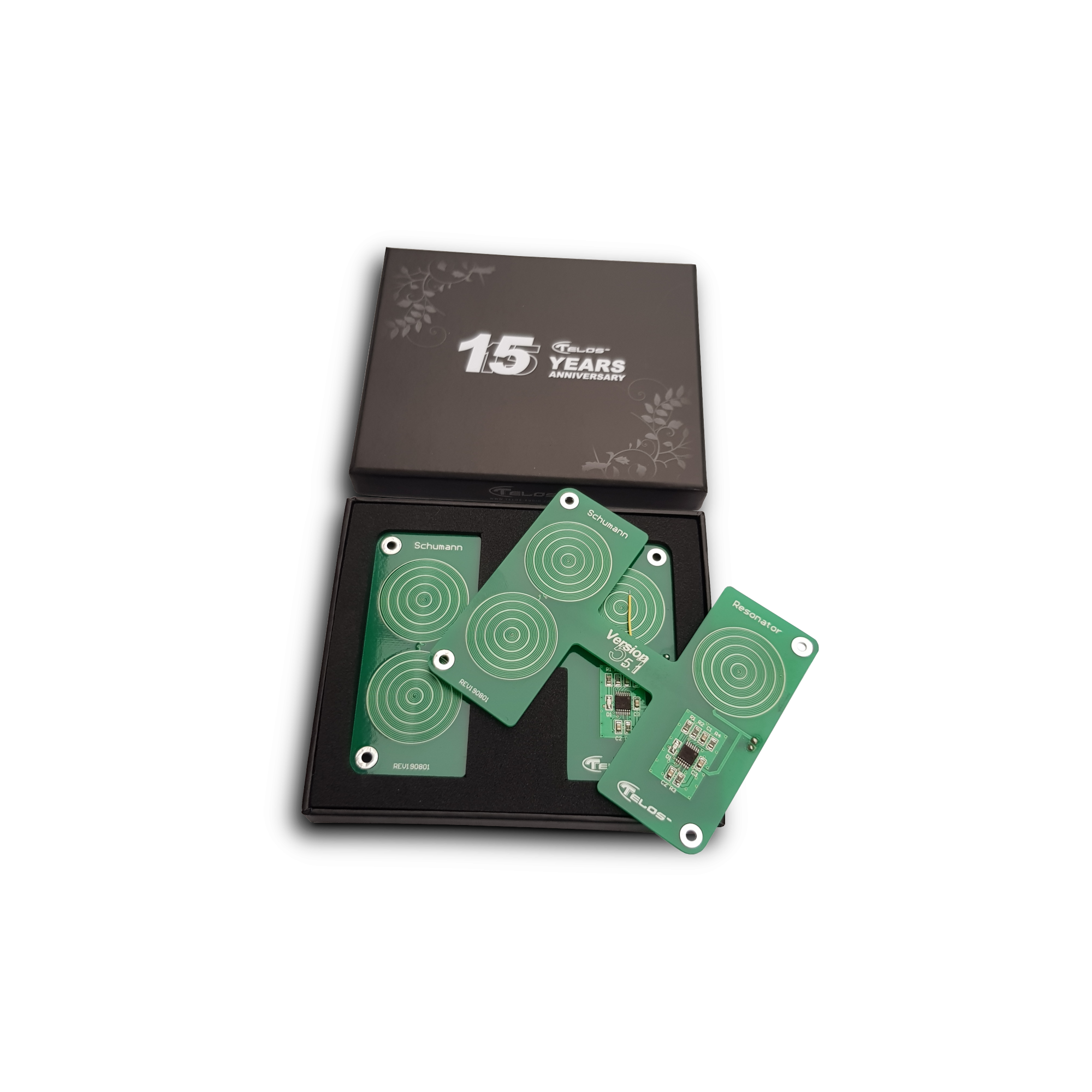
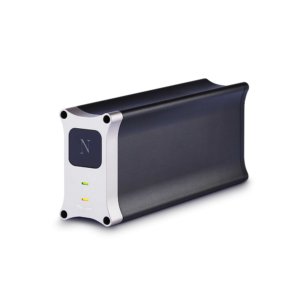
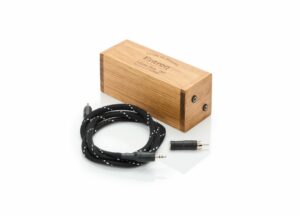
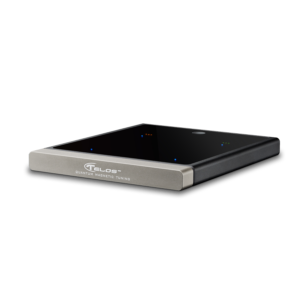
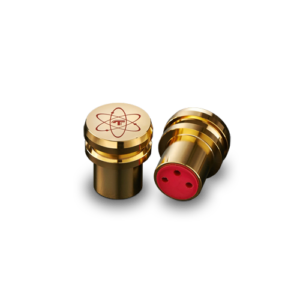
Reviews
There are no reviews yet.